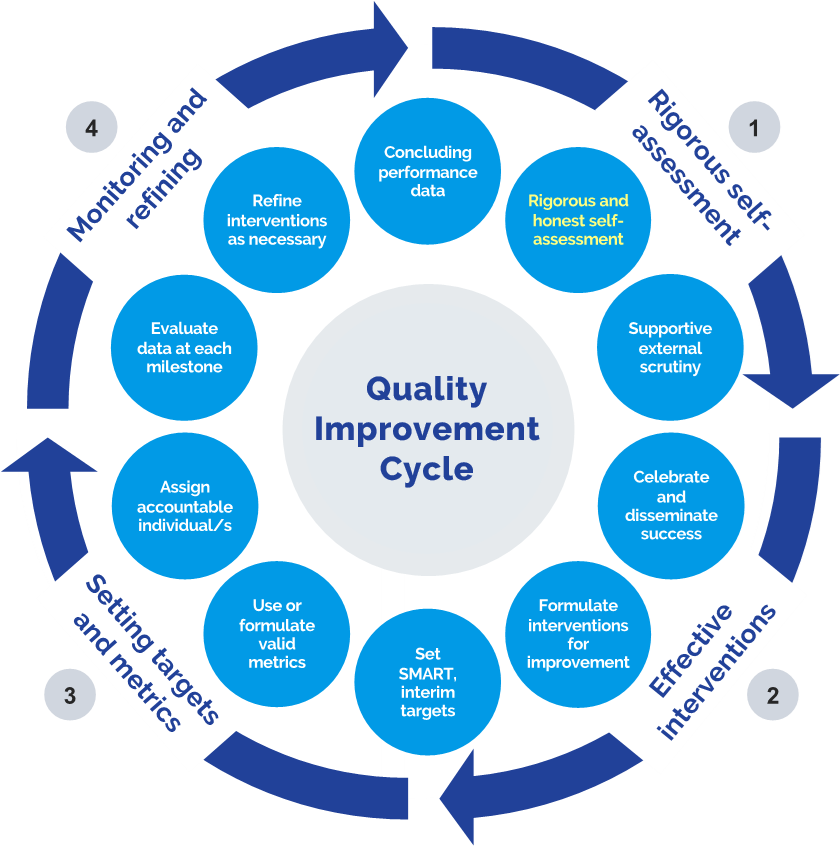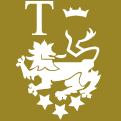Quality Improvement within TPT
Pillar 4 - rigorous and honest self assessment
Pillar 5 - responsibility and accountability
Pillar 6 - the Quality Improvement Cycle
Quality Improvement
The Prospect Trust will build on the considerable strengths within its Academies so that each is an exceptional beacon of excellence within its phase of education.
In the best schools and colleges, quality improvement (QI) is an everyday event which responds to issues as they arise i.e. they are 'in game' interventions. Nevertheless, TPT maintains a formal QI cycle with the following 4 key components:
1. Rigorous self-assessment 2. Effective interventions 3. Setting targets and metrics 4. Monitoring and refining
More details are shown in the model below:

Overview of the QI cycle
Typically, the QI process starts in the summer term with thorough and accurate self-assessment of academy provision. This is completed in September at the beginning of the new academic year and following the full publication of relevant KS 2, 4 & 5 examination/test results.
Achivements are recognised, celebrated and disseminated: important in themselves but also in creating an institutional culture of success and high aspiration. In areas which require improvement, interventions are devised; SMART targets set; and accountability is established. Support is put into place, usually from within the institution, but where necessary, external expertise is commissioned and deployed. Clear milestones in the improvement journey are monitored and evaluated for effectiveness and interventions refined as appropriate. The cycle concludes when the target is achieved; or it continues with further refinements until the requisite progress is made or the issue resolved.
Trust Academic Targets
As a Trust we will strive to achieve the following performance measures across our academies and phases of education:
| Age | Key Performance Measures |
|---|---|
| 6 |
|
| 7 |
|
| 11 |
|
| 16 |
|
| 18 |
|













